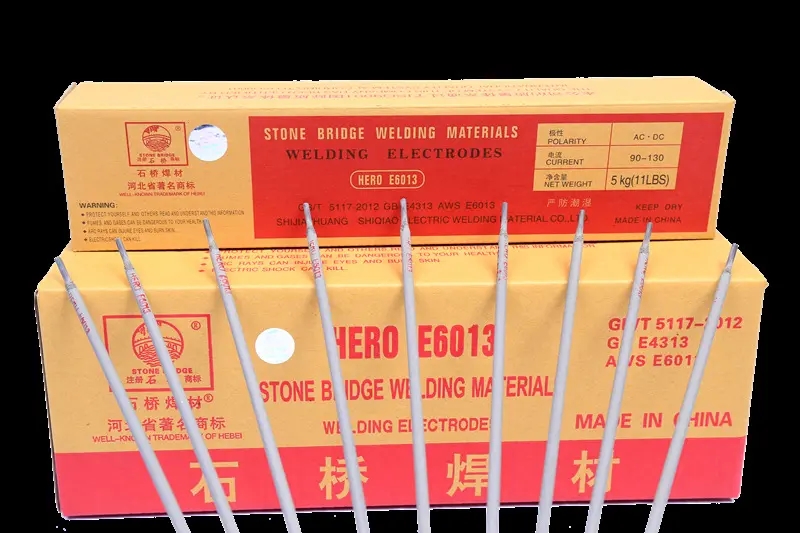
Large Span Forming Machines Revolutionizing Manufacturing Processes
In the rapidly evolving world of manufacturing, large span forming machines have emerged as a critical technology that is reshaping the production landscape. Traditionally, the manufacturing sector has relied on machinery that often struggled with the complexities of producing large-scale components efficiently and accurately. However, the advent of large span forming machines has addressed these challenges head-on, offering innovative solutions that enhance productivity and reduce costs.
Large span forming machines are designed to produce sizable and intricate structures with high precision. They are primarily employed in various industries, including aerospace, automotive, shipbuilding, and construction. One of the most significant advantages of these machines is their ability to handle large materials and complex geometries, which were previously difficult to manage with standard machinery. This capability allows manufacturers to create parts that not only meet stringent quality standards but also comply with the increasingly demanding regulations of modern industry.
One of the key technologies underpinning large span forming machines is the use of advanced computer numerical control (CNC) systems. CNC technology enables precise control over the forming process, ensuring that every cut, bend, and weld is executed with exceptional accuracy. This level of control drastically reduces human error, improves product quality, and allows for rapid prototyping. As a result, manufacturers can go from concept to production faster than ever before, significantly shortening the product development cycle.
Moreover, large span forming machines incorporate various forming techniques such as bending, rolling, and stretching. These techniques allow for the manipulation of materials into desired shapes without compromising their structural integrity. For instance, in aerospace manufacturing, where weight savings are crucial, large span forming machines can create lightweight yet robust components that enhance the overall efficiency of the aircraft.

In addition to facilitating complex forms, large span forming machines also boast the capacity to handle a wide range of materials, from metals like aluminum and steel to advanced composites. This versatility is particularly advantageous in industries that increasingly demand lightweight and high-strength materials. With the ability to work with diverse materials, manufacturers can adapt to changing market needs and innovate more freely.
Another benefit of large span forming machines is their role in promoting sustainability within manufacturing processes. By maximizing material usage and minimizing waste, these machines contribute to more environmentally friendly production practices. Furthermore, with the integration of automated systems and robotics, manufacturers can achieve higher levels of efficiency, reducing energy consumption and operational costs.
As industries continue to globalize, the demand for large span forming machines is expected to rise. Manufacturers are seeking out these advanced machines not only to enhance their production capabilities but also to stay competitive in a fast-paced market. Companies that invest in this technology are well-positioned to respond to customer needs promptly and effectively while maintaining high standards of quality.
Training and workforce development are also integral to the successful integration of large span forming machines. As the technology becomes more complex, companies need skilled operators who understand how to optimize machine capabilities. Investing in training programs ensures that personnel are equipped with the knowledge and skills necessary to harness the full potential of these machines, ultimately leading to improved operational efficiency.
In conclusion, large span forming machines are transforming the manufacturing sector by providing solutions that address the complexities of producing large and intricate components. With advanced CNC control, versatile material handling capabilities, and a commitment to sustainability, these machines are paving the way for a more efficient and innovative manufacturing future. As the industry progresses, companies that adopt this technology will not only thrive but also contribute to the development of a more dynamic and competitive manufacturing landscape.